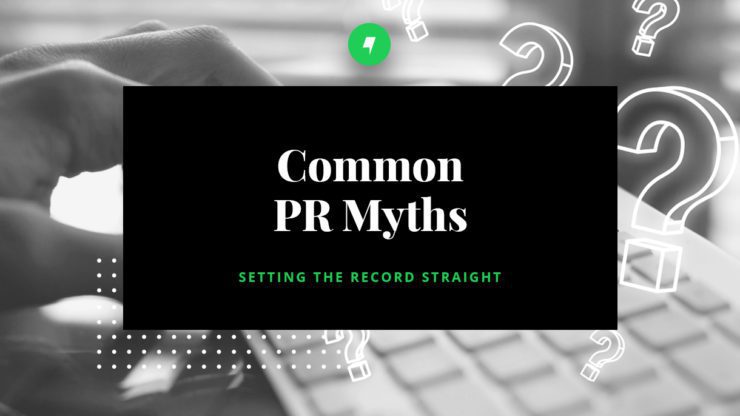When it comes to public relations there are many misconceptions about the industry and often confusion regarding the role PR plays within an organization. Below are a few of the most common public relations misconceptions.
Myth #1: Media coverage is easy and occurs instantly – just send a pitch or release and someone will cover it.
Fact: Garnering coverage takes time. The process usually includes writing copy (a release or pitch), creating a media list of appropriate contacts, sending a thoughtful email, and making follow-up calls – and then repeating the process a lot of the time. All of these steps typically have to happen before a story or announcement ever appear in the media.
Myth #2: Press releases don’t work anymore.
Fact: Releases can work if they have a strong media hook, give enough detail to support the message and are written clearly and concisely. PR practitioners must keep in mind that the key objective of a release is to share a correct and accurate message. With today’s cuts in newsrooms, there’s actually a great opportunity if a release is written well. Editors may choose to use the release copy as is, instead of rewriting the information.
Myth #3: Public relations tactics can’t demonstrate ROI.
Fact: When a PR practitioner determines goals and objectives together with a client, a campaign or project outcome can and should be measured. The best way to demonstrate ROI is to determine the different outcomes of a PR campaign that can be measured, such as an increase in website traffic, sales calls, or awareness of an initiative. For example, if a client wants to increase company-wide engagement through an e-newsletter, there is an opportunity for both immediate and long-term ROI. Instantly, a firm can measure the newsletter metrics including how many employees opened the email, what stories they clicked on, or who responded to a survey. The long-term ROI can be a continual increase in staff awareness of company initiatives, thus helping them become more engaged with their company over time.
Myth #4: Public relations professionals “spin” a story to manipulate the truth.
Fact: PR professionals work to share a client’s story accurately and effectively, while at the same time enforcing the most important messages of the company. For example, when a company has an announcement, PR representatives gather all of the information and determine the most important messages the company should convey. This isn’t ‘spinning’ a story, it is prioritizing points so the media and key audiences can easily understand the most important information and how it affects their readers.
While correcting every misunderstanding about PR would be impossible, it is every PR practitioner’s duty to ensure people understand the value that PR can add. It’s also important to enforce the reality that PR is an important part of the entire marketing mix and cannot function in a vacuum.
Posted In Media Relations
 Emily Kanter
Emily Kanter 